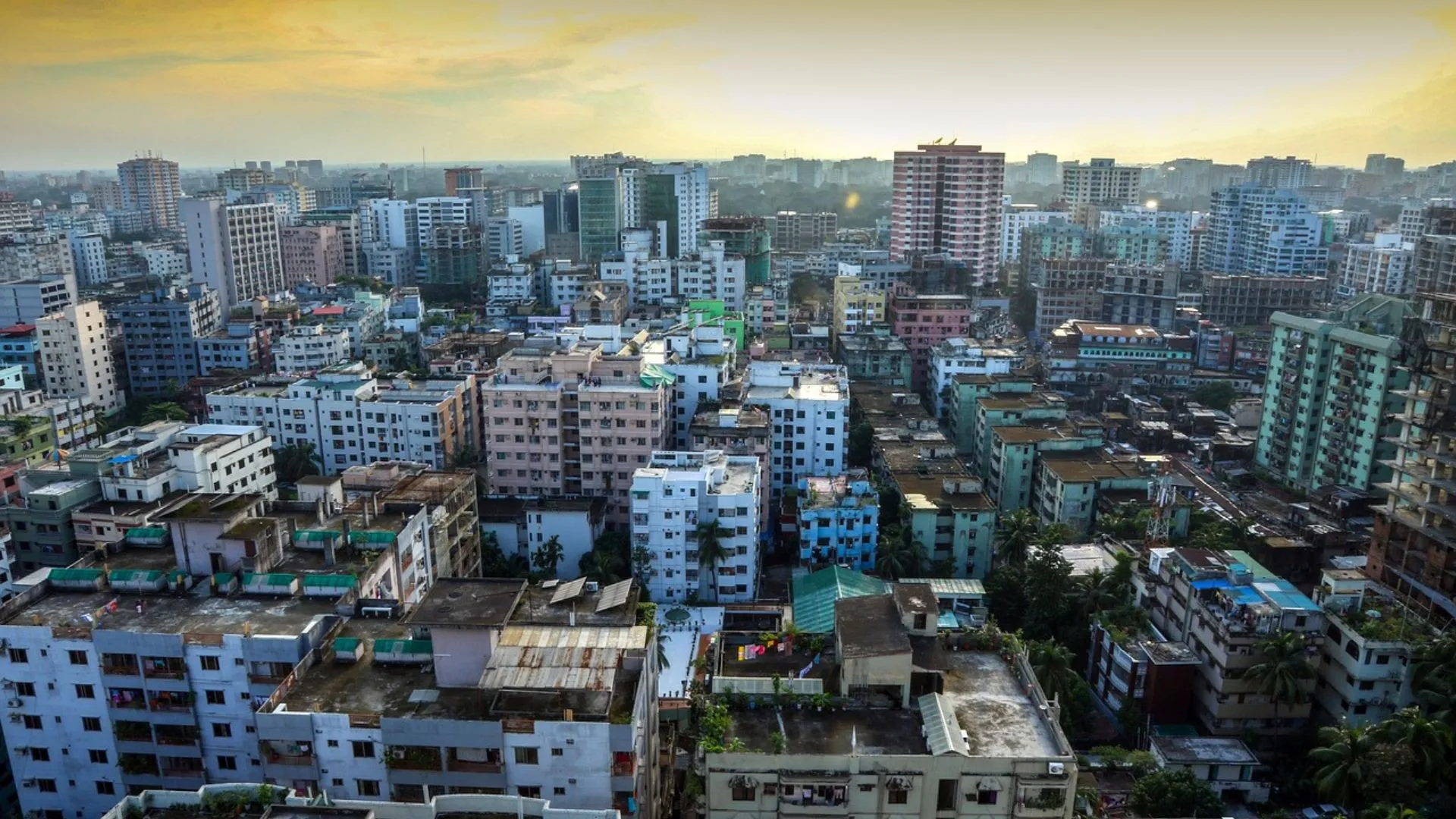Singapore – The International Monetary Fund (IMF) has released its 2025 projections, offering a sobering look at the economic conditions of Asia’s most vulnerable nations. Despite Asia’s reputation as a hub of rapid growth, certain countries remain at the bottom of the GDP (PPP) scale, underscoring persistent poverty, weak infrastructure, and political instability.
At the lowest end of the spectrum is Afghanistan, recording a GDP per capita (PPP) of just $1,991. Decades of conflict, a fragile political system, and lack of economic diversification have kept the nation’s economy largely informal, hampering progress. Yemen follows with $2,237, burdened by civil war and humanitarian crises that continue to dismantle its economic foundations.
Other countries, such as Tajikistan ($5,931) and Kyrgyzstan ($6,980), depend heavily on remittances from citizens working abroad. This reliance limits domestic capacity-building and exposes them to external shocks, particularly from fluctuating labor markets in Russia. Similarly, Nepal ($5,535) remains heavily reliant on agriculture while struggling with infrastructure deficits and the lingering effects of natural disasters.
Myanmar’s situation is complicated by military rule and ongoing political unrest. With a GDP per capita (PPP) of $5,566, its potential remains untapped despite vast natural resources. Laos ($6,813) and Cambodia ($7,029) face structural weaknesses, including weak industrial bases and reliance on low-wage sectors, which stifle opportunities for long-term growth.
Bangladesh presents a unique case. While its total GDP (PPP) stands at a substantial $317.44 billion, per capita levels remain among Asia’s lowest at $1,847. Despite strong performance in textiles and remittances, challenges of overpopulation, income inequality, and rural underdevelopment persist.
The IMF’s data reveals that these nine countries collectively share similar challenges: heavy reliance on agriculture, limited industrialization, and insufficient foreign investment. Political instability and governance deficits exacerbate their struggles, making it difficult to break cycles of poverty.
Addressing these issues requires multi-dimensional strategies. Investment in infrastructure, human capital development, and regional integration could improve productivity. Equally vital is political stability, without which economic growth will remain elusive. The disparities also remind policymakers across Asia of the importance of inclusive development—ensuring that economic expansion in wealthier nations does not overshadow the struggles of the region’s poorest.
As Asia looks toward the future, these countries stand at a crossroads: either remain entrenched in cycles of poverty or seize opportunities for transformation through structural reforms, international cooperation, and long-term resilience-building.


